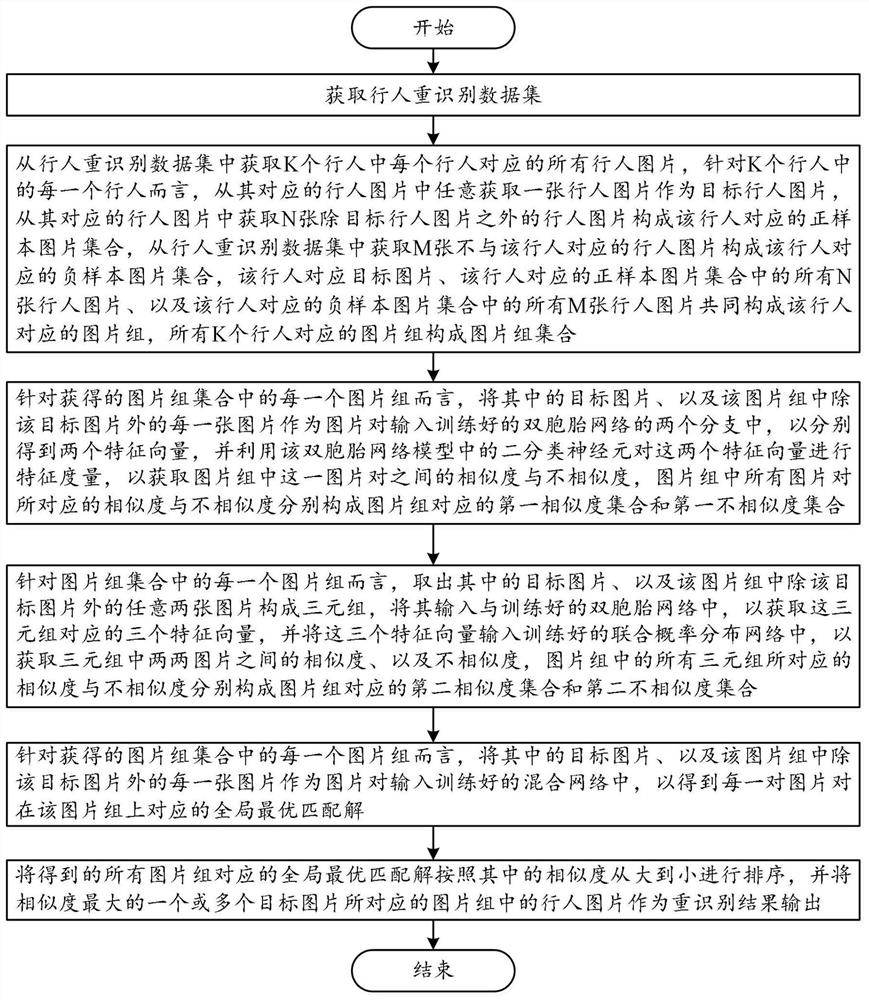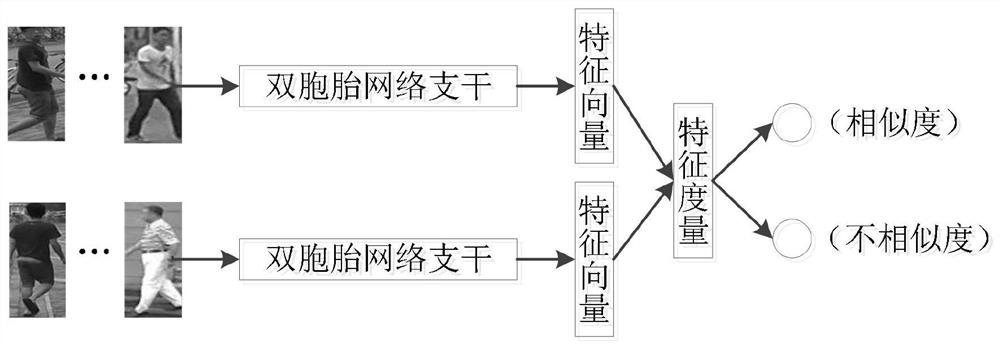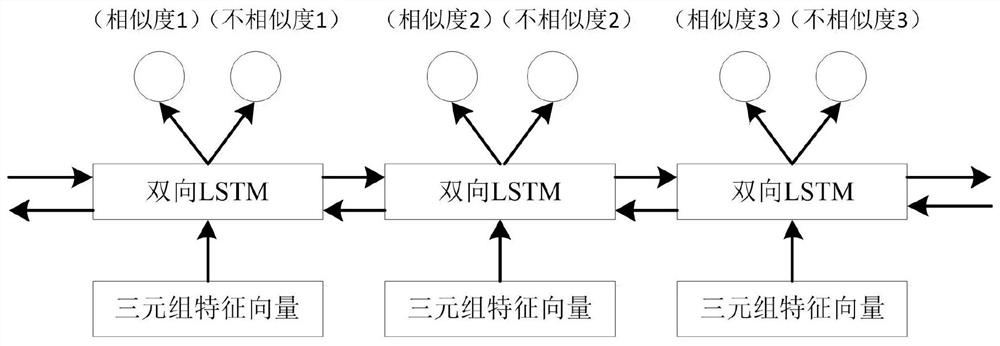A method and system for pedestrian re-identification based on depth conditional random field
A technology of pedestrian re-identification and conditional random field, which is applied in the field of pattern recognition, can solve problems such as difficulty in solving graph model parameters and low accuracy of pedestrian re-identification, and achieve the effect of overcoming limitations, improving accuracy, and avoiding difficulties in parameter solving
- Summary
- Abstract
- Description
- Claims
- Application Information
AI Technical Summary
Problems solved by technology
Method used
Image
Examples
Embodiment Construction
[0078] In order to make the object, technical solution and advantages of the present invention clearer, the present invention will be further described in detail below in conjunction with the accompanying drawings and embodiments. It should be understood that the specific embodiments described here are only used to explain the present invention, not to limit the present invention. In addition, the technical features involved in the various embodiments of the present invention described below can be combined with each other as long as they do not constitute a conflict with each other.
[0079] Such as figure 1 As shown, the present invention provides a method for pedestrian re-identification based on depth conditional random field, comprising the following steps:
[0080] (1) Obtain a pedestrian re-identification dataset;
[0081] The pedestrian re-identification dataset used in this step is the Market1501 dataset. Use six non-overlapping cameras to shoot on campus (each ped...
PUM
 Login to View More
Login to View More Abstract
Description
Claims
Application Information
 Login to View More
Login to View More - R&D
- Intellectual Property
- Life Sciences
- Materials
- Tech Scout
- Unparalleled Data Quality
- Higher Quality Content
- 60% Fewer Hallucinations
Browse by: Latest US Patents, China's latest patents, Technical Efficacy Thesaurus, Application Domain, Technology Topic, Popular Technical Reports.
© 2025 PatSnap. All rights reserved.Legal|Privacy policy|Modern Slavery Act Transparency Statement|Sitemap|About US| Contact US: help@patsnap.com



